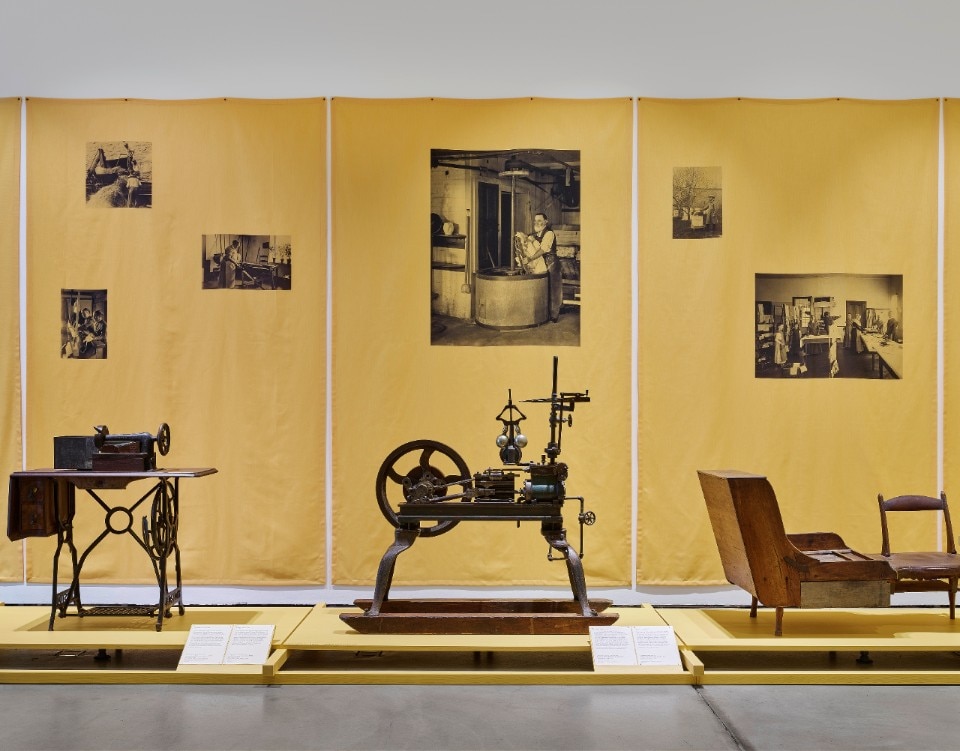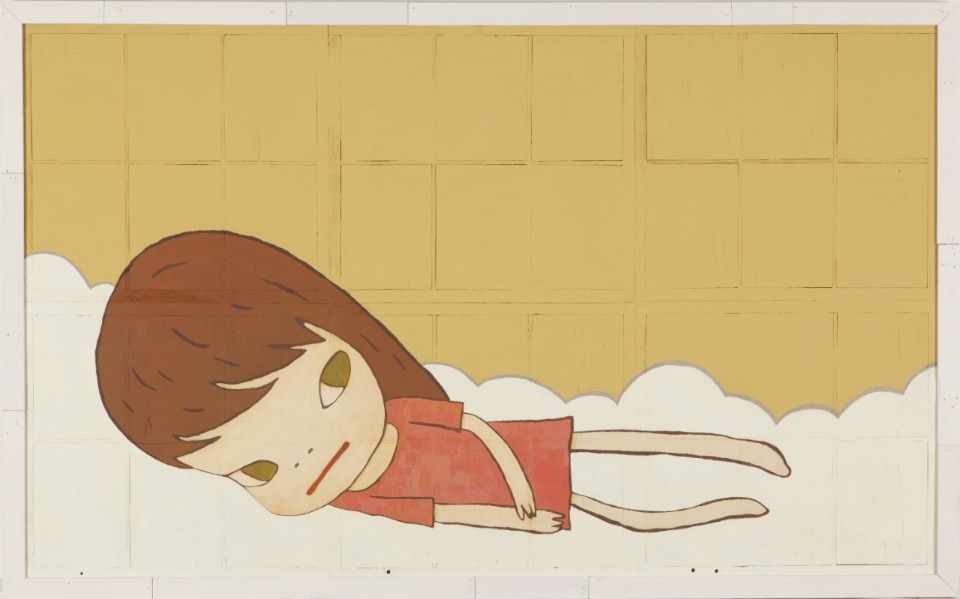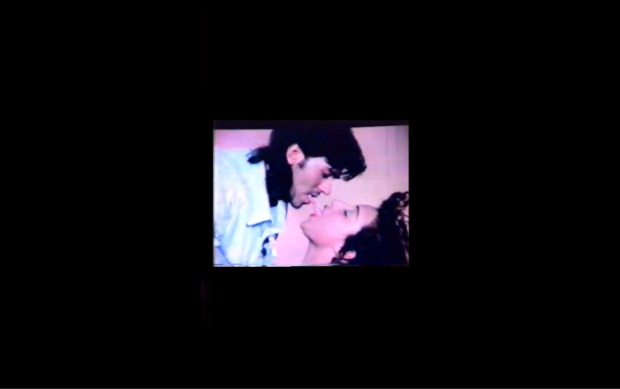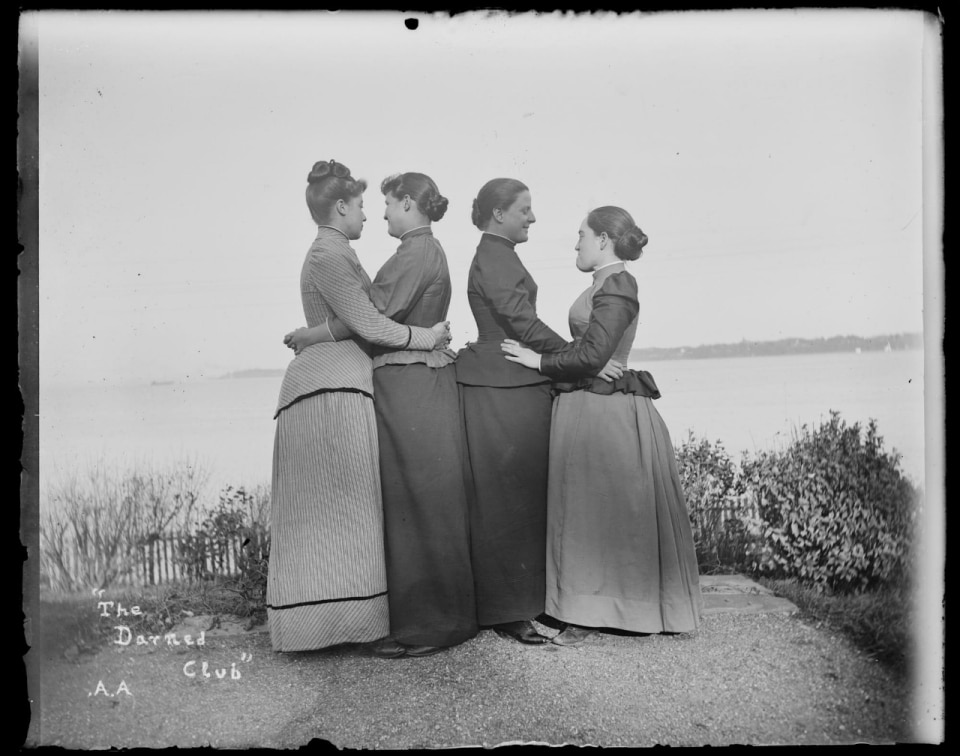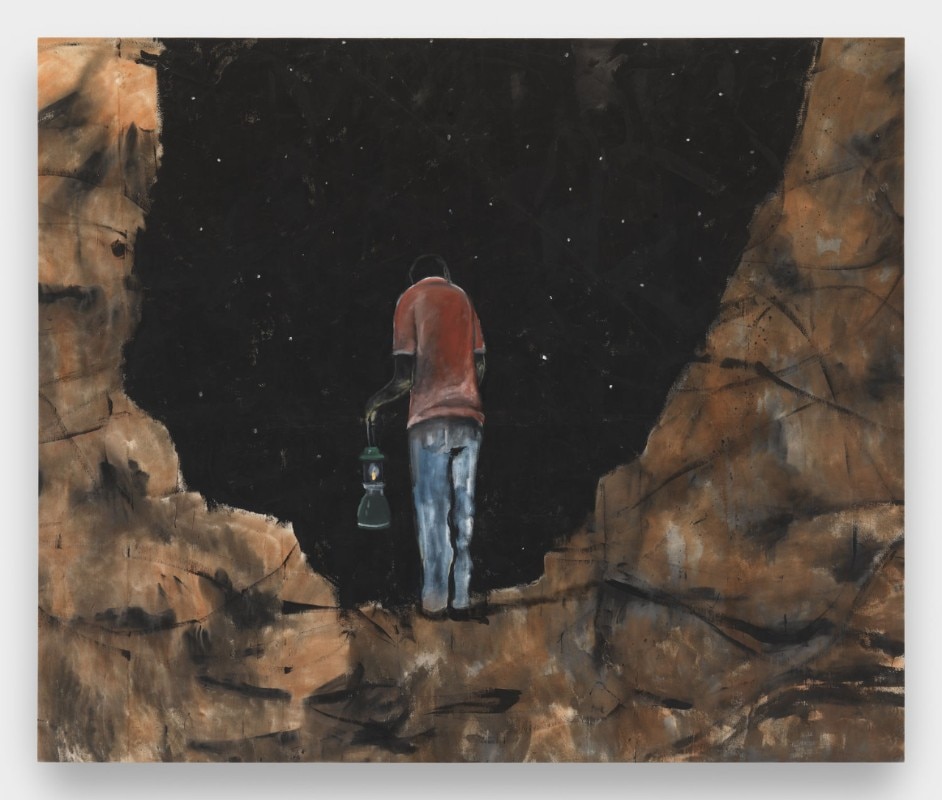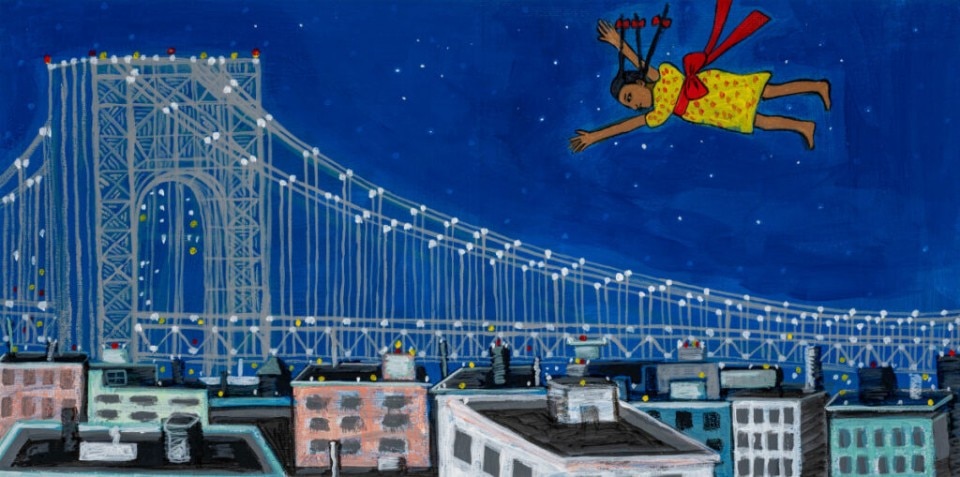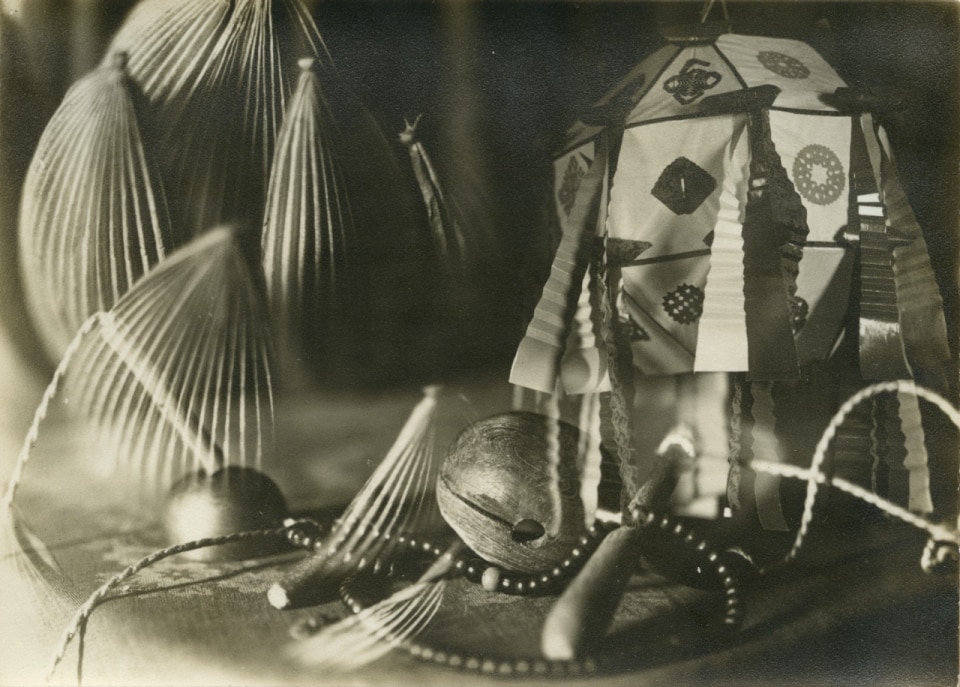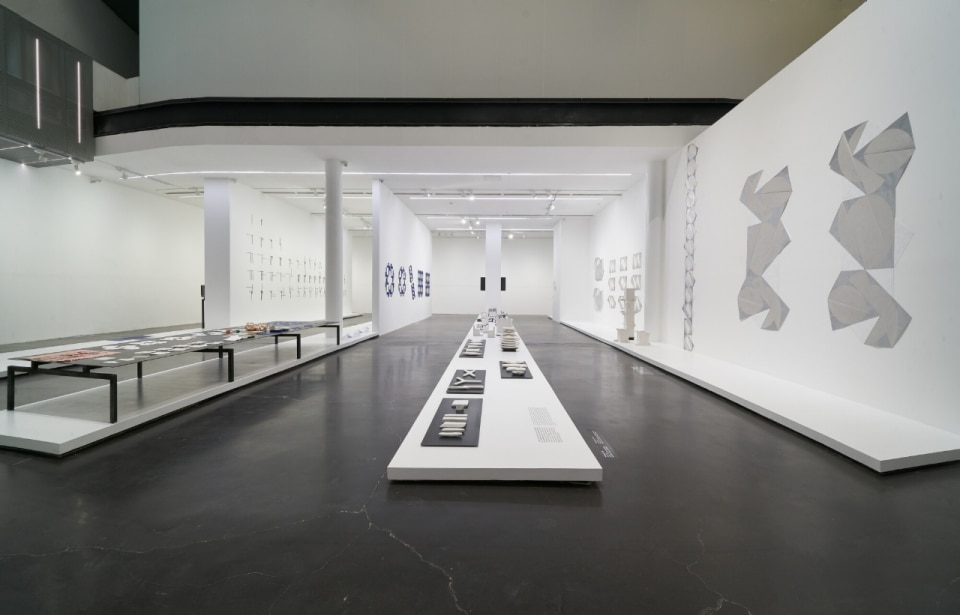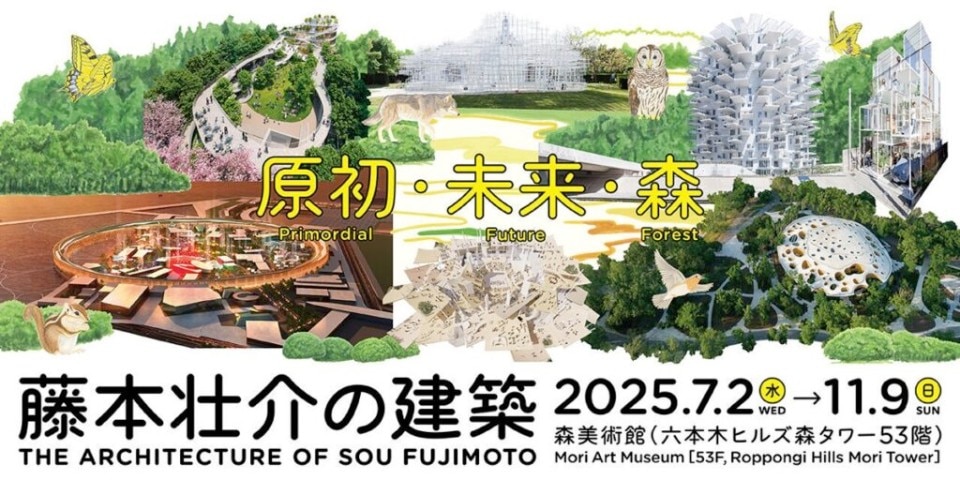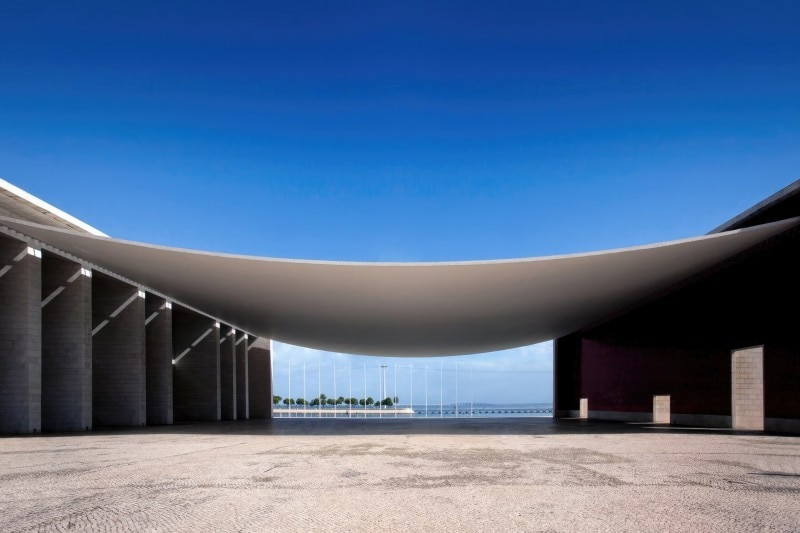The first few months of 2025 flew by, with anniversaries of historic installations, the inauguration of the 19th Venice Architecture Biennale, and Maurizio Cattelan's new exhibition in Bergamo, who, with his curatorial and exhibition projects, seems not to have stopped for a minute—as is his style—but the carousel of vernissages and finissages in Italy and around the world continues to spin relentlessly.
Finally, the warm season has arrived, a welcome ally for art and architecture enthusiasts who can take advantage of a few days off to participate in this game and visit exhibitions already underway, but above all to immerse themselves in the summer calendar of galleries and museums across five continents.
.jpg.foto.rmedium.jpg)
Summer 2025 promises to be packed with events that reflect the complexity of the contemporary art scene, including historiographical reinterpretations, investigations into identity, and interdisciplinary proposals. Leading museums and independent international centers are offering programs that bring together visual art, architecture, design, and photography, with a diverse range of approaches in terms of both language and geographical heritage.
Many retrospectives and monographic exhibitions aim to update and contextualize the work of artists and architects who have helped shape the present through their practice, from Susan Sontag at the Bundeskunsthalle in Bonn, to Álvaro Siza at the Power Station of Art in Shanghai, to Barbara Kruger at the Guggenheim in Bilbao. Furthermore, collective exhibitions reflect a growing interest in critically reinterpreting the past and the political potential of images in the present, from the Berlin Biennale to projects such as Khajistan's Spasial Program at the Sculpture Center in New York and the exhibition The First Homosexuals in Chicago, which indicate a curatorial desire to expand canonical narratives and address gaps in contemporary representation.
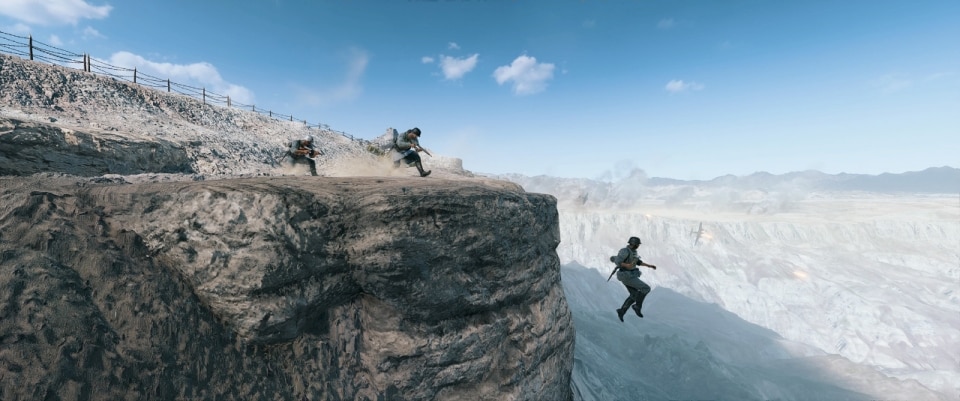
We have selected 21 exhibitions around the world that are not to be missed this summer, in Italy and Europe, but also overseas and in the East, to add to your travel plans so that you don't have to get off the art merry-go-round even when you're on vacation.
Opening image: Noah Davis, 1975 (8), 2013. Oil on canvas with frame by the artist. 125.7 × 184.2 cm (49 1/2 × 72 1/2 inches). Private collection. Courtesy Estate of Noah Davis and David Zwirner. Photo: Kerry McFate


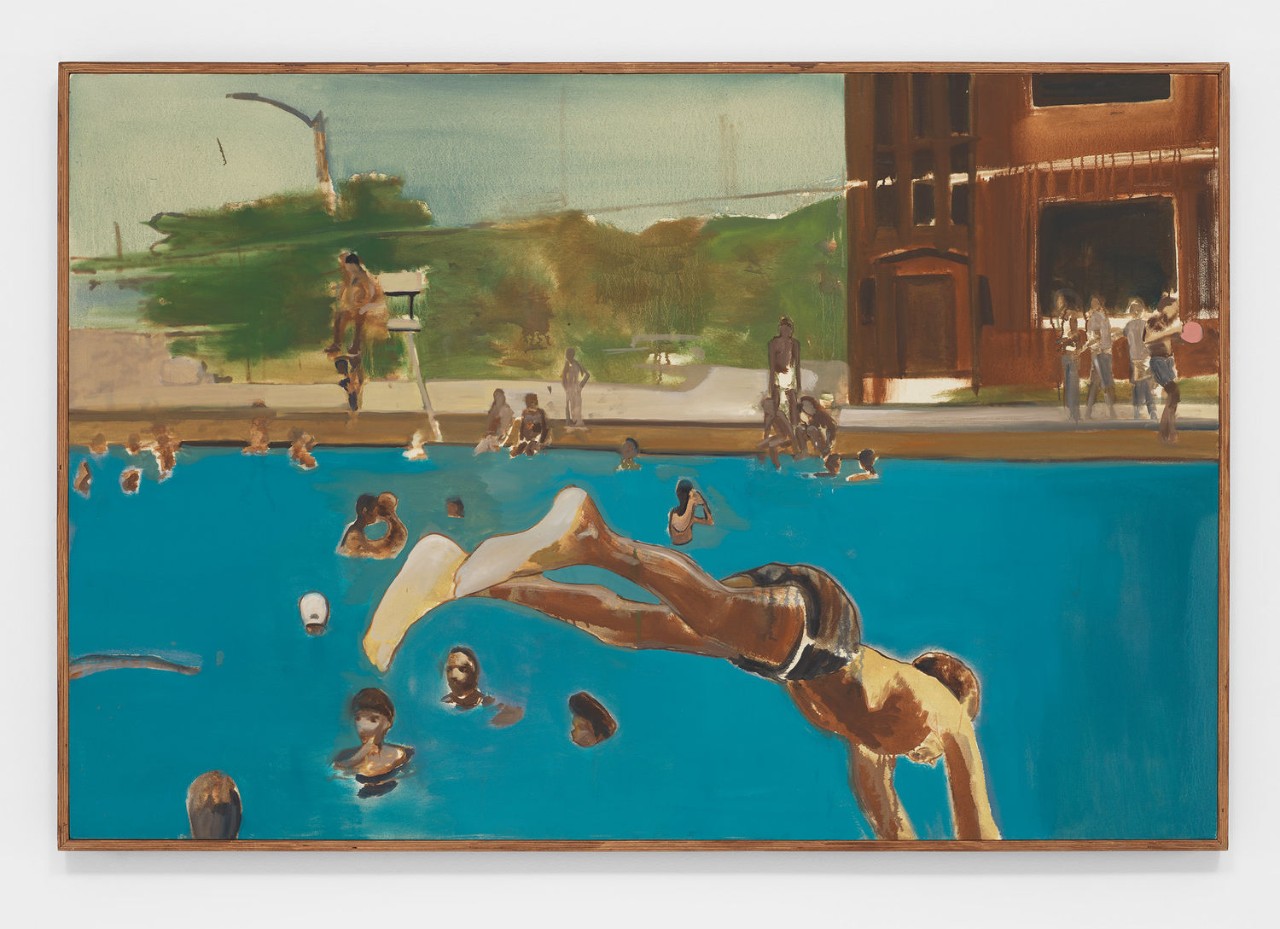

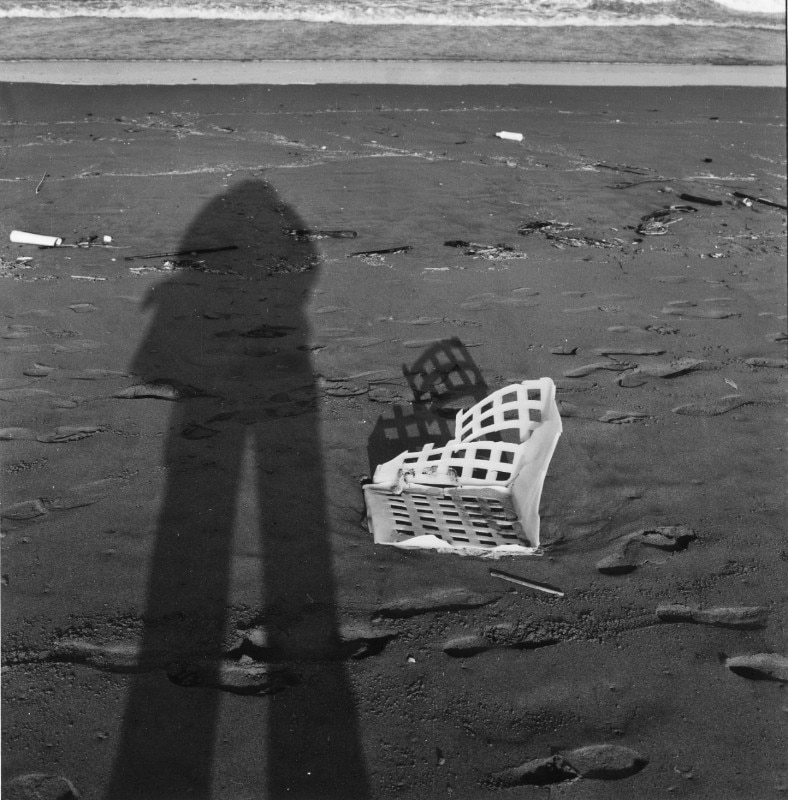
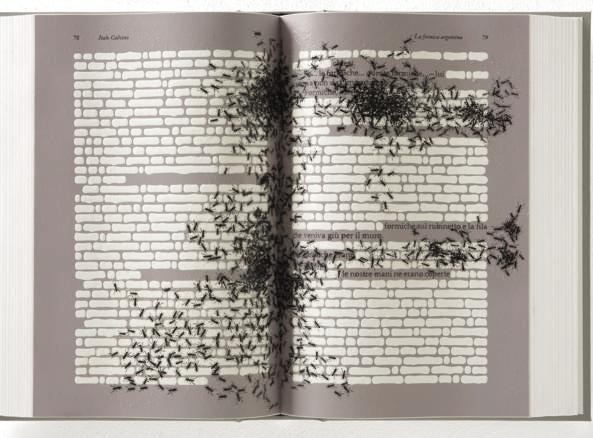
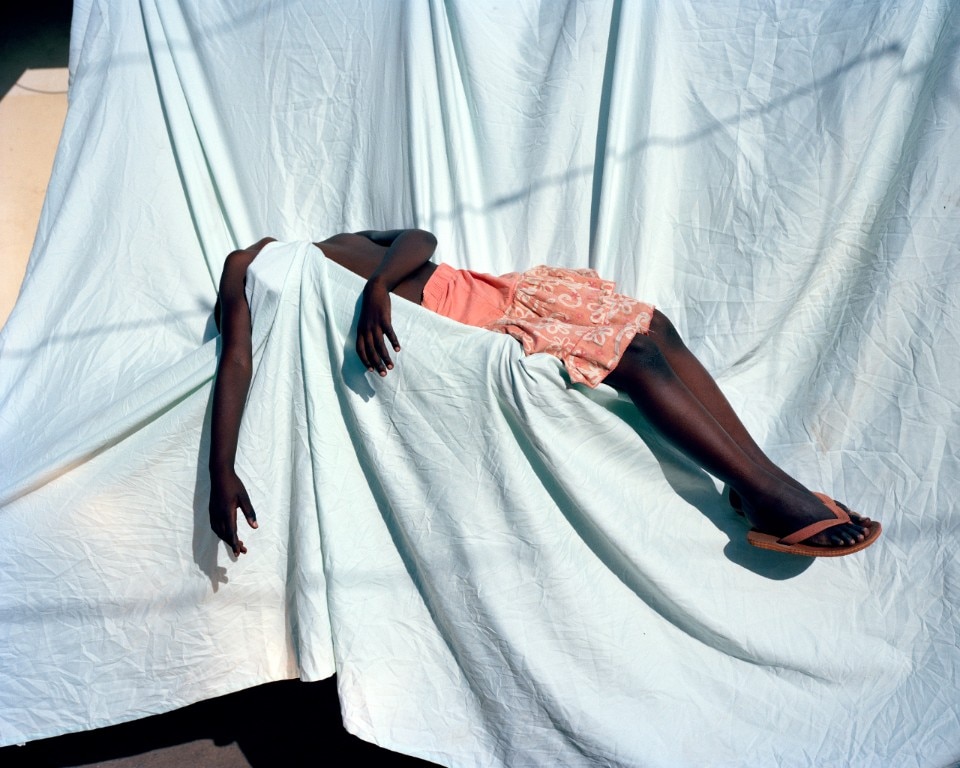
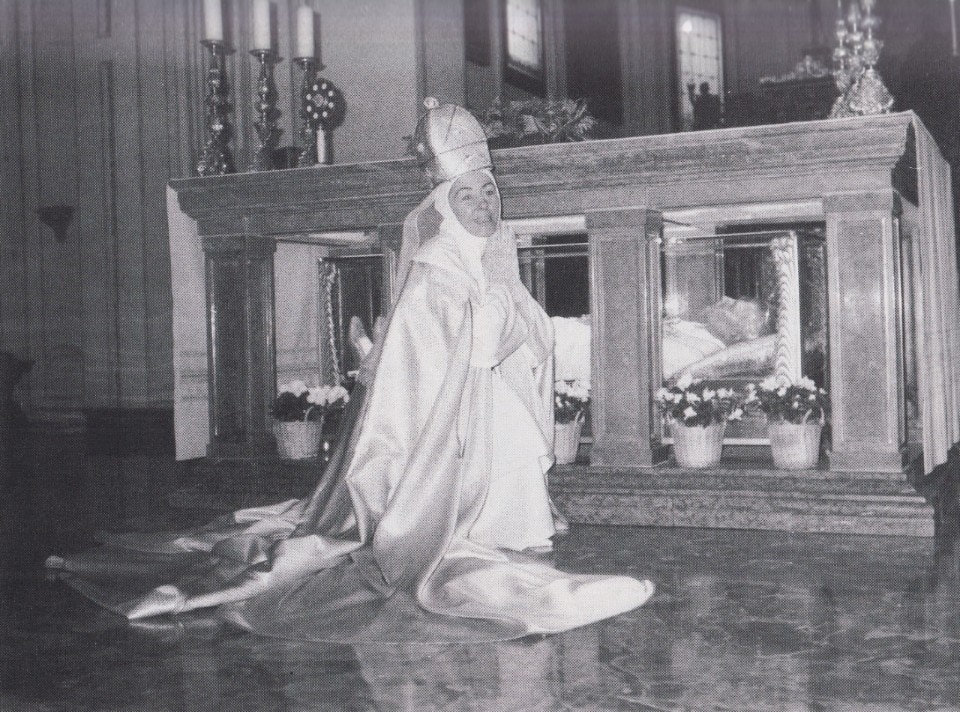
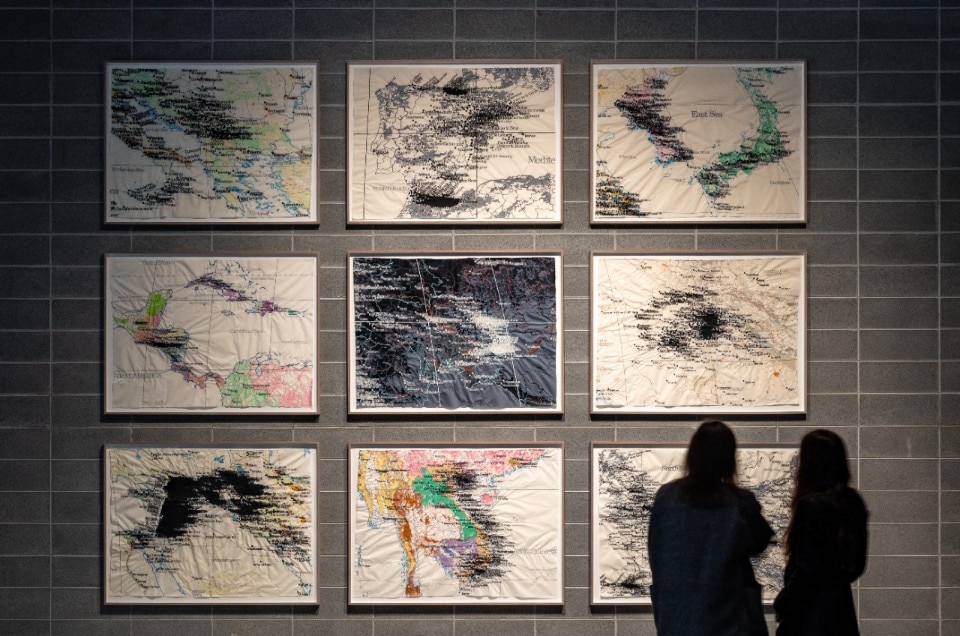
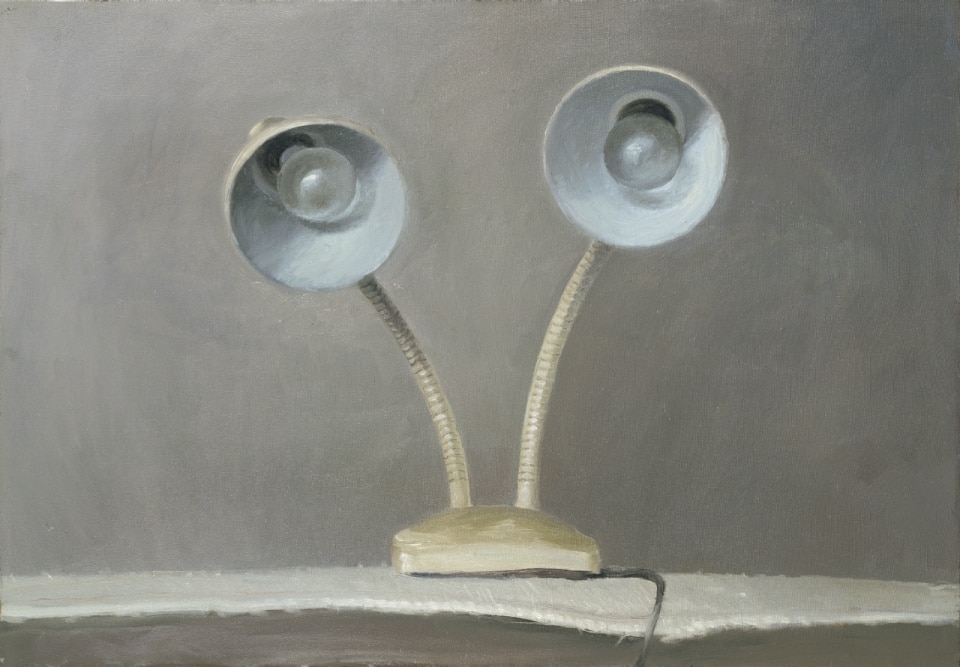
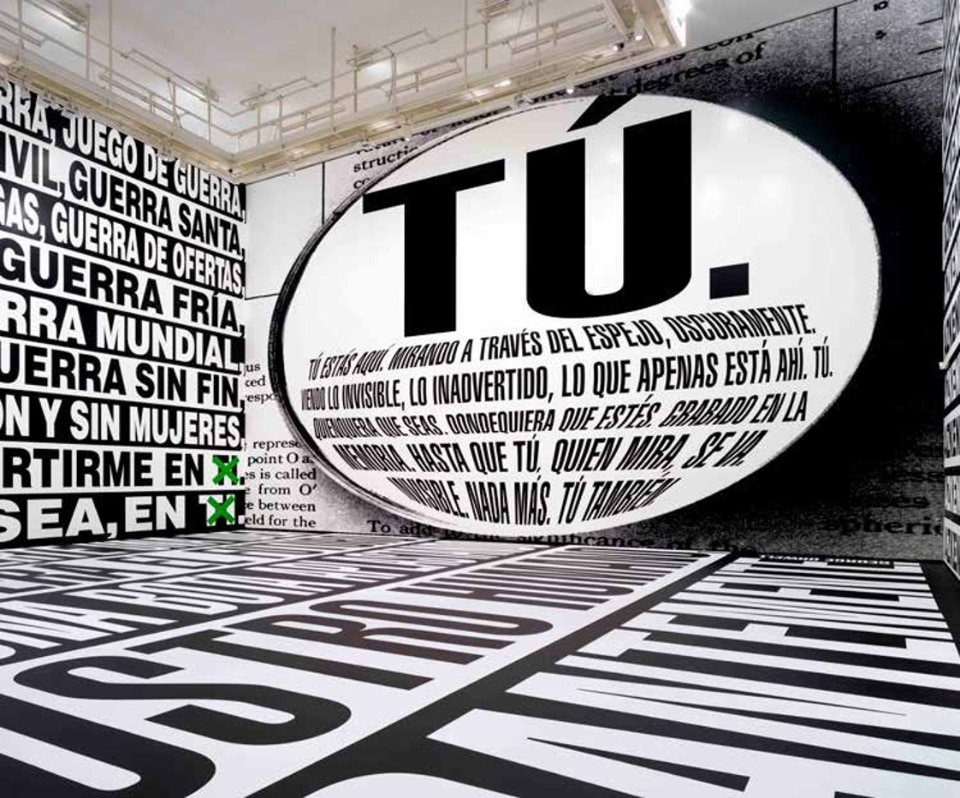
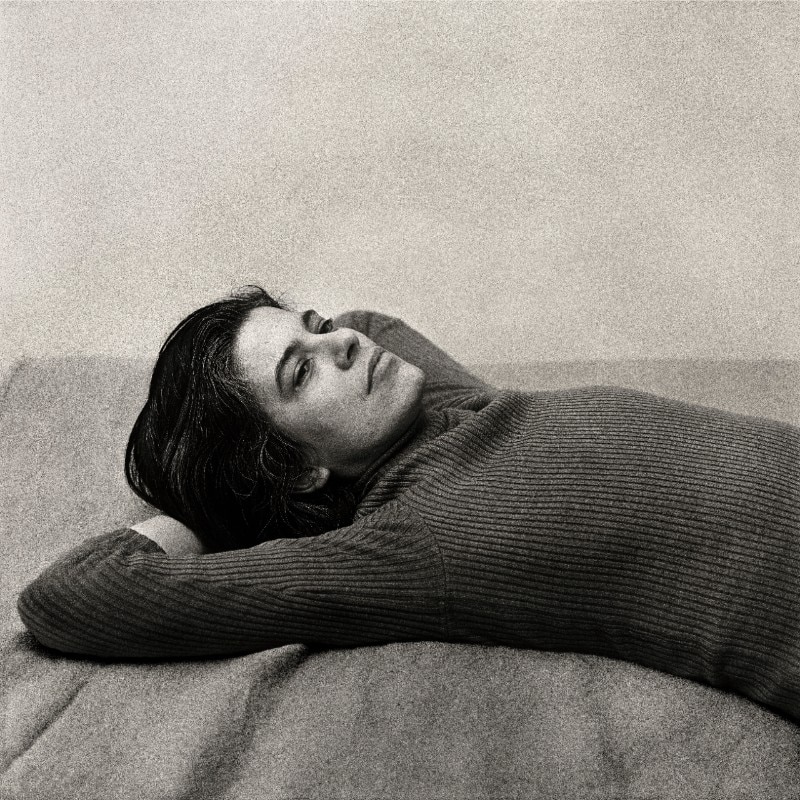
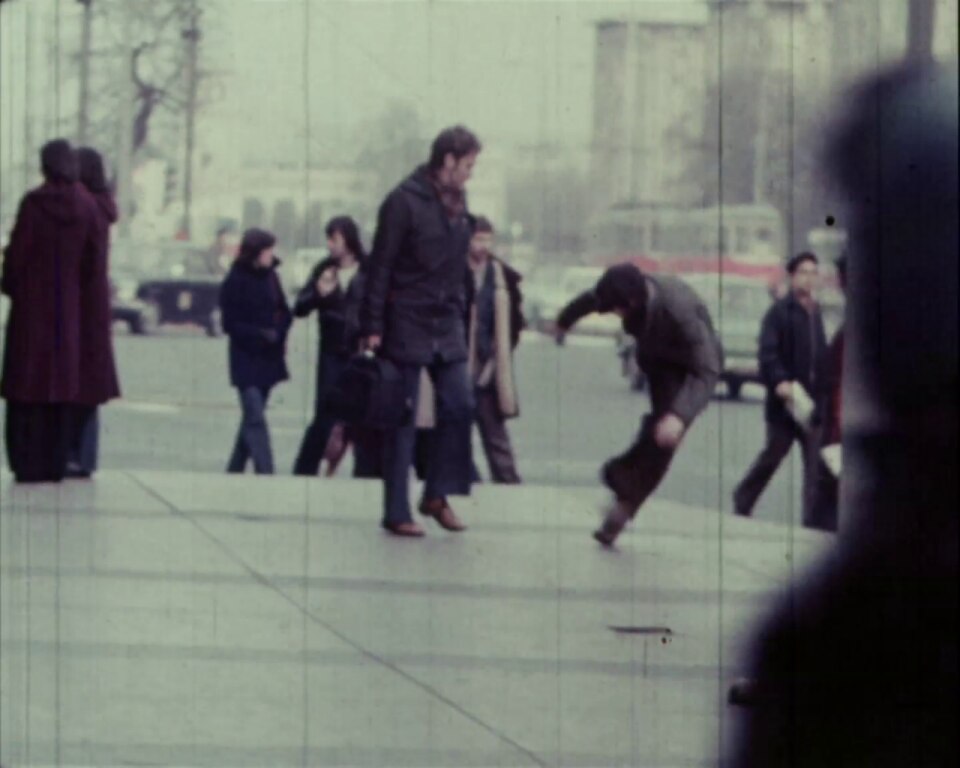
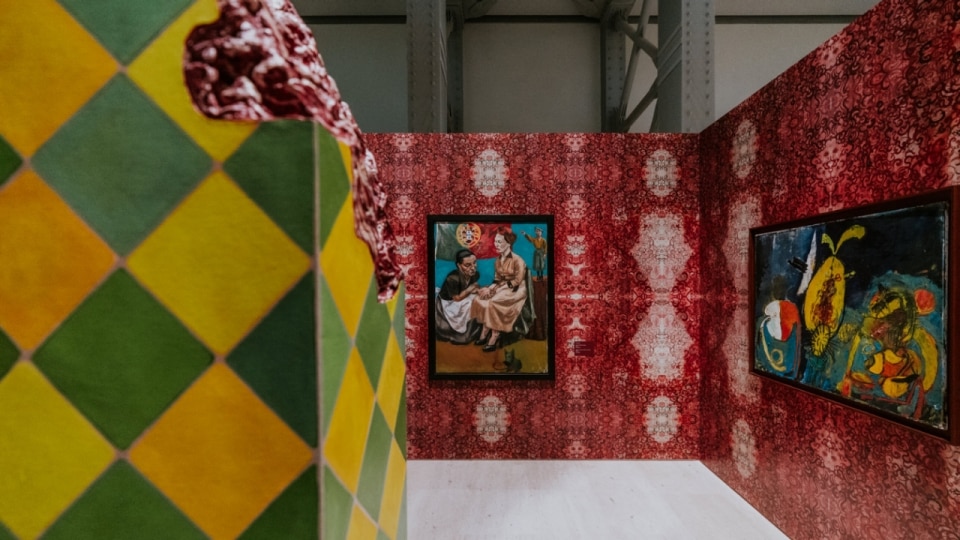
.jpeg.foto.rmedium.png)
